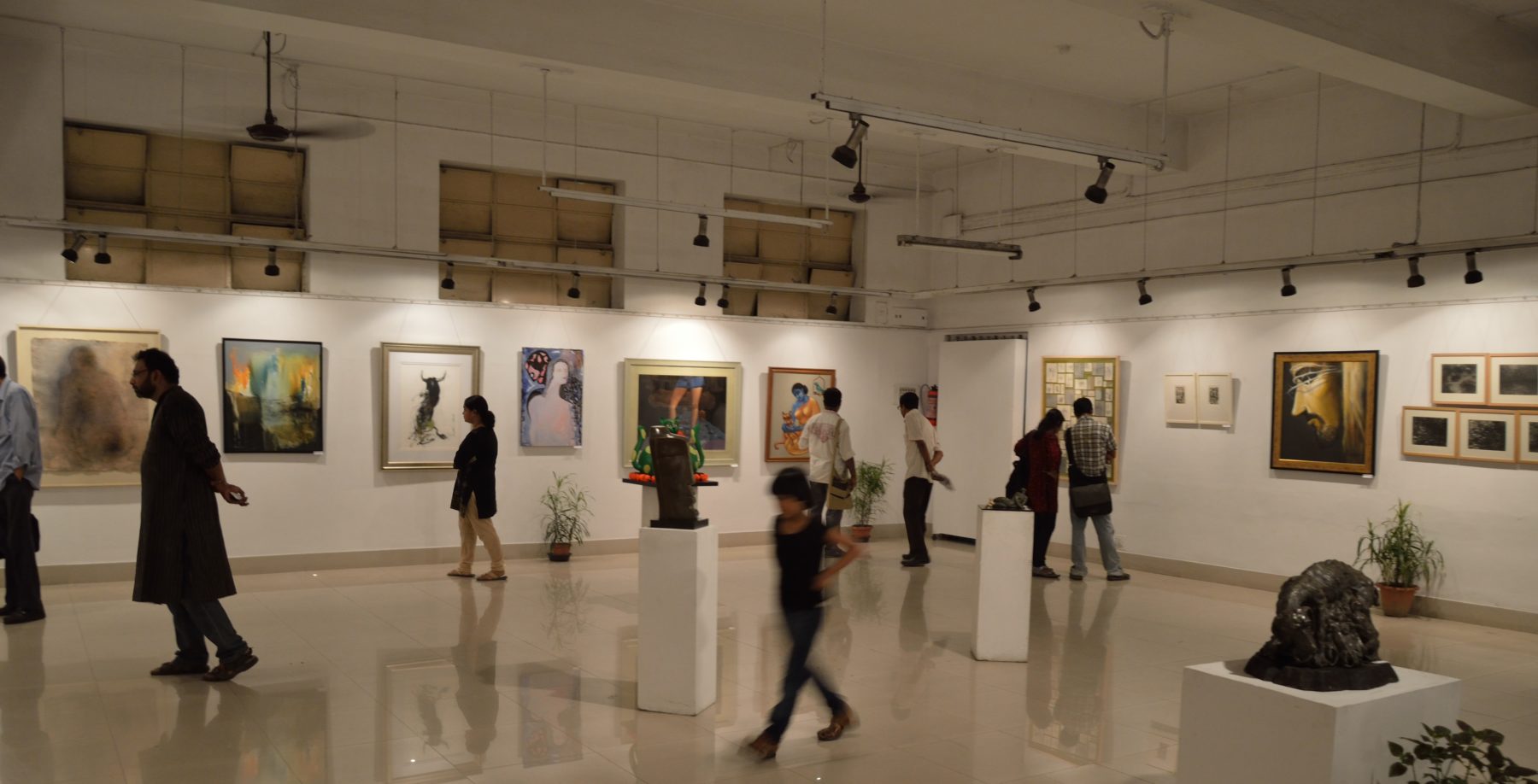1. The Berk Foundation. “Social Impact of the Arts Study.” ArtsFund. 2018. United States.
The ArtsFund Social Impact of the Arts Study frames a new way of understanding the public value of the arts in King County. With primary focus on youth development & education, health & wellness, and neighborhood vitality, the study probes the potential for arts to influence more equitable outcomes. The report combines a county-wide public poll; a landscape scan of King County arts, cultural, and heritage nonprofits; a substantive review of 150+ national research resources; and case studies of ten regional arts organizations.
2. Rick Reyes and Mytoan Nguyen-Akbar. “Creative Strategies for Career Connected Learning: Youth Voice in the Media Classroom.” Seattle Office of Arts & Culture. 2018. United States.
A report on ways to incorporate creative skills and media-based skills into the curriculum for youth in the Seattle area. Several recommendations emerged from survey responses which included direct quotes from youth, collected anonymously, about what youth enjoy in their media arts Career and Technical Education (CTE) courses and their career aspirations as they relate to the arts. They are supplemented by insights generated by in depth interviews conducted with creatives in media arts occupations in Seattle.
3. Jessica Vu, Yash Tulsyan, Geoffrey Gund, and Chuan Fan. “Reimagining King Street Station through a Racial Equity and Social Justice Lens.” University of Washington. 2018. United States.
The Seattle Office of Arts & Culture (ARTS) is opening a publicly accessible cultural space in King Street Station (KSS). ARTS intends to make KSS a space that works to dismantle institutional racism in and through the arts by supporting, advocating for, and prioritizing arts programming by and for communities of color and historically marginalized populations. The following report presents research and analysis on best practices related to promoting racial equity in cultural spaces.
4. Tasha Golden and Jamie Hand. “Arts, Culture, and Community Mental Health.” Community Development Innovation Review. 2018. United States.
Based on an analysis of dozens of projects, a literature review, and input from both arts and public health‒sector leaders, Tasha Golden identified several domains where arts and cultural strategies are helping drive change in community health outcomes, or to the systems in which public health practitioners operate. Among these domains, what quickly stood out was the impact of creative placemaking on mental health—including stigma; trauma; community-level stress, depression, and substance use disorders; and cultural identity. Here we have taken these four categories as a frame, describing their relevance to public health and providing examples of initiatives that address them. Our findings suggest that infusing community development with creativity and collaboration stimulates the potential for unique mental health benefits that warrant continued investment and exploration.
5. Carla Vásquez-Noriega, Cameron Okeke, Sino Esthappan, and Mark Treskon. “Creative Placemaking and Community Safety.” The Urban Institute. 2018. United States.
To better understand how creative placemaking can enhance community safety, the Urban Institute studied several creative placemaking efforts, examining their design, implementation, challenges, and successes. The goal of this work is to inform others interested in understanding how creative placemaking improves community safety and how to measure these interventions’ effectiveness.
